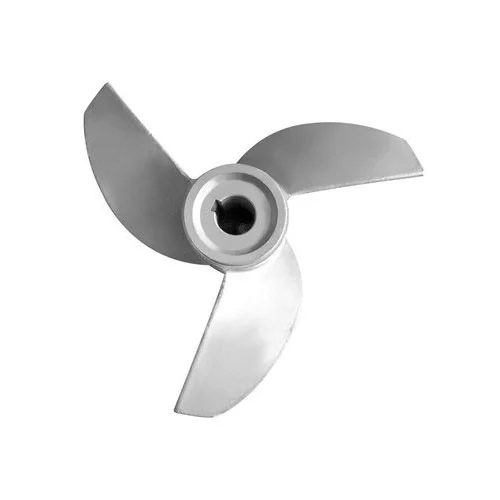What Materials Are Commonly Used in Die Casting?
2025-07-17
If you’ve ever held a sleek metal phone casing or handled a sturdy car part, chances are you’ve come across a die-cast component. Die casting is everywhere, from consumer electronics to automotive parts. But have you ever wondered what materials are actually used in this process?
Let’s break it down in a way that’s easy to understand. Die casting isn’t a one-size-fits-all process. The material you choose has a big impact on how strong, light, or detailed your final product will be. So, what are the usual suspects when it comes to die casting materials?

First up, aluminum. This is one of the most common die casting metals, and for good reason. Aluminum alloys are lightweight, strong, and corrosion-resistant. They’re perfect for things like engine blocks, housings, and even some structural parts. What’s really great about aluminum is its balance. It offers decent strength while keeping weight low, which is why it’s a go-to for the automotive and aerospace industries.
Next on the list is zinc. Zinc is a favorite for manufacturers who need parts with fine details. It flows extremely well in molds, which means it can capture tiny design features that other metals might miss. Zinc is also tough and durable, especially for smaller parts that need to hold up under repeated use. Think door handles, zippers, and connector housings.
Then there’s magnesium. This metal is even lighter than aluminum, which makes it great for applications where weight really matters, like in laptops or cameras. Magnesium die casting allows for thin walls and detailed designs, but it’s not as corrosion-resistant as aluminum, so it usually needs a protective coating or surface treatment.
Copper and brass are used too, but less often. They offer excellent conductivity and wear resistance, which makes them useful for electrical components. However, they’re more expensive and harder to cast, so they’re usually reserved for special cases.
Now, what about steel or iron? Well, die casting typically doesn’t use these materials. They melt at higher temperatures and can damage the dies used in the process. For steel or iron parts, other casting methods like sand casting or investment casting are more suitable.
At the end of the day, choosing the right material for die casting depends on what the part needs to do. Need it to be light? Go with magnesium or aluminum. Need strength and fine detail? Zinc might be the answer. Need electrical conductivity? Copper could be your best bet.
So next time you see a smooth, shiny metal part, you’ll know there’s more going on than meets the eye. Behind that clean finish is a smart material choice—and die casting made it all possible.


